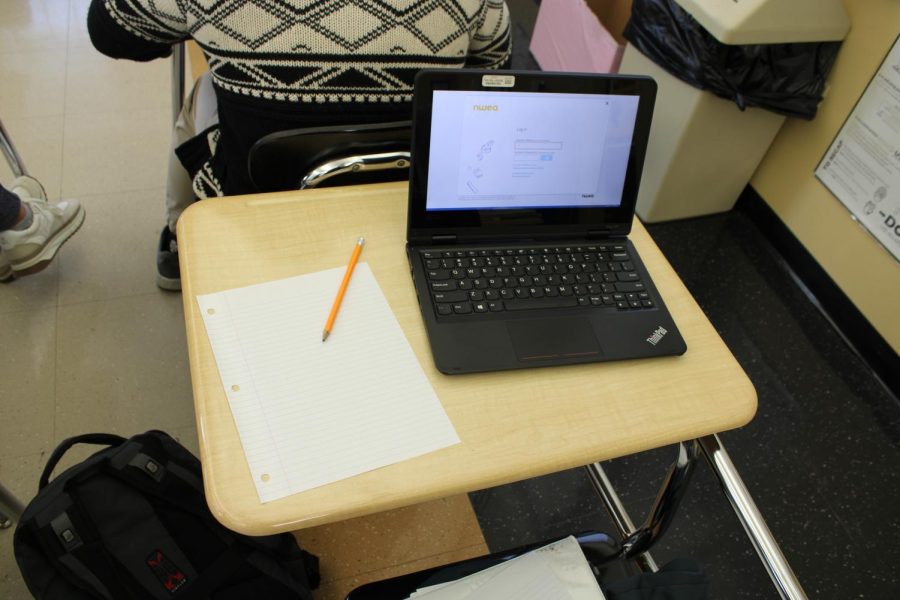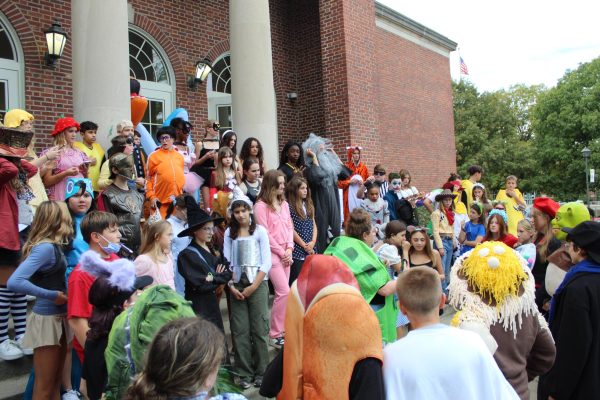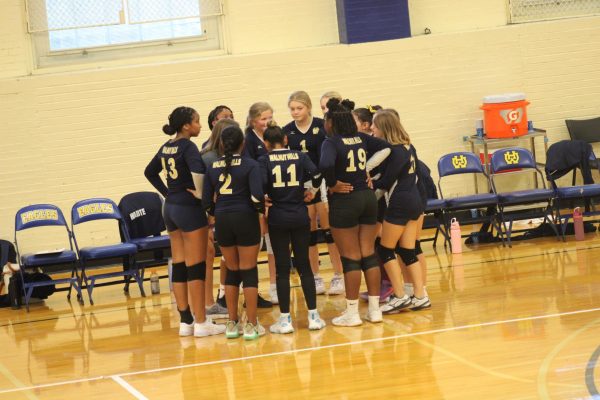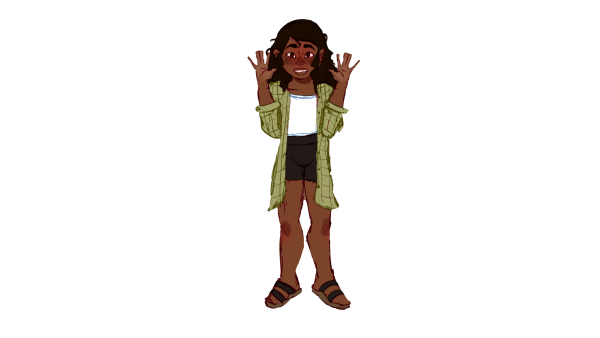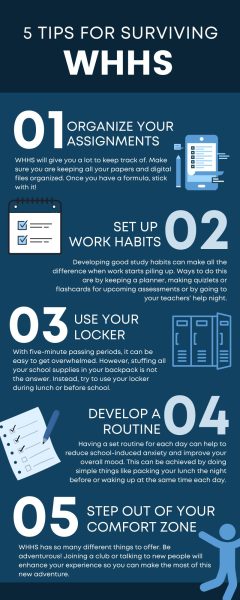The MAP test of patience
Junior high students have mixed reactions to standardized testing
JH students put what they’ve been learning to the MAP test, during the week of Oct. 13. The students were only allowed the resources given by the testing website, a pencil, paper, and their knowledge to answer a series of English and Math questions.
While upperclassmen spent the majority of their school day on Oct. 13 taking the Preliminary Scholastic Aptitude Test for the National Merit Scholar Qualifying Test (PSAT/NMSQT), junior high students took the Measurement of Academic Progress (MAP) test. Effies and E-Flats put what they’ve been learning in English and Math to the test, and even though it had no effect on their grade, it still came with nerves for many of the young students.
It was the Effies’ first time taking a MAP test, and many feelings of nervousness came from simply not knowing what to expect. This stress, along with the long span of holding concentration turns MAP testing days into undesirable times.
“The worst part of the week was map testing,” Emmet Royalty, ‘26 said, “the best part was finishing MAP testing.”
Between the two subjects being tested on, the easier subject often varied depending on the students specialties.
“English was harder because it was a lot of reading, and sometimes, when it’s big paragraphs, I don’t do well with answering them,” Royalty said.
Others, like Ava Carruthers, ‘26, felt the opposite.
“English was definitely easier; I’ve always had a love for reading and writing, so English was kind of easy for me,” Carruthers said.
E-flats didn’t have a vastly different experience, but they seemed to have much less strain going into the test, most likely because they knew what to expect.
“I wasn’t really nervous going in because it doesn’t really do anything for your grade,” Leo Sundar ‘26 said. “We got our test scores back right away, and those did boost my confidence a little though.”
Even though the tests only took half a day, they still held a significant effect on the students’ whole week. Some teachers used class time after the test to do things like play Kahoot or have a study hall to lessen students’ stress. For most of the students though, MAP testing was still the worst part of the week.
“The week’s been fine, nothing special. The worst part has been MAP testing,” Lila Whedon, ‘26 said, “The rest of the classes were like study halls, we didn’t really do anything, just homework.”
Your donation will support the student journalists of Walnut Hills High School. Your contribution will allow us to purchase equipment, cover our annual website hosting, printing costs and offset competition and conferences fees for students.



